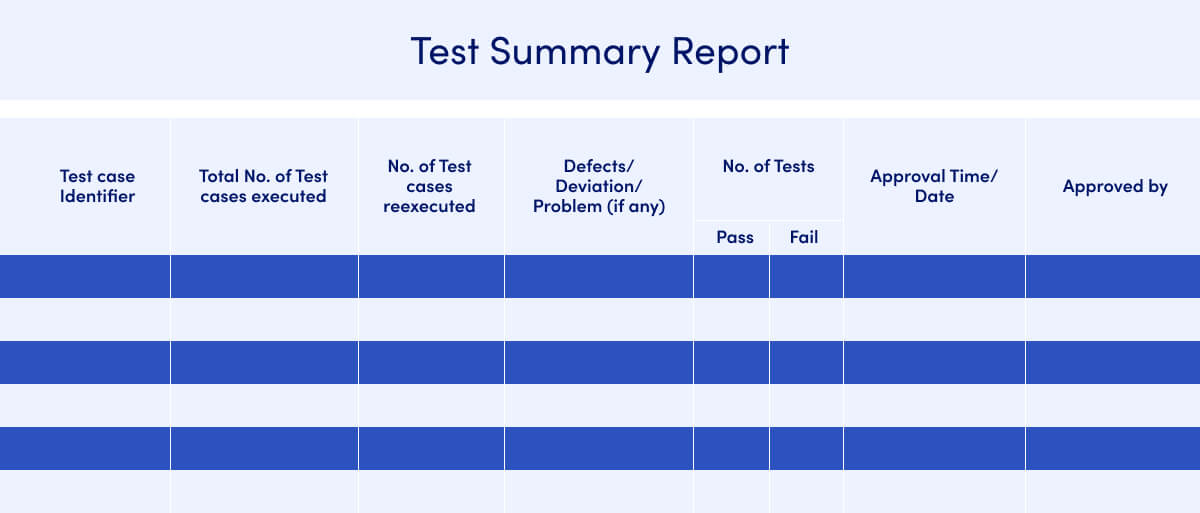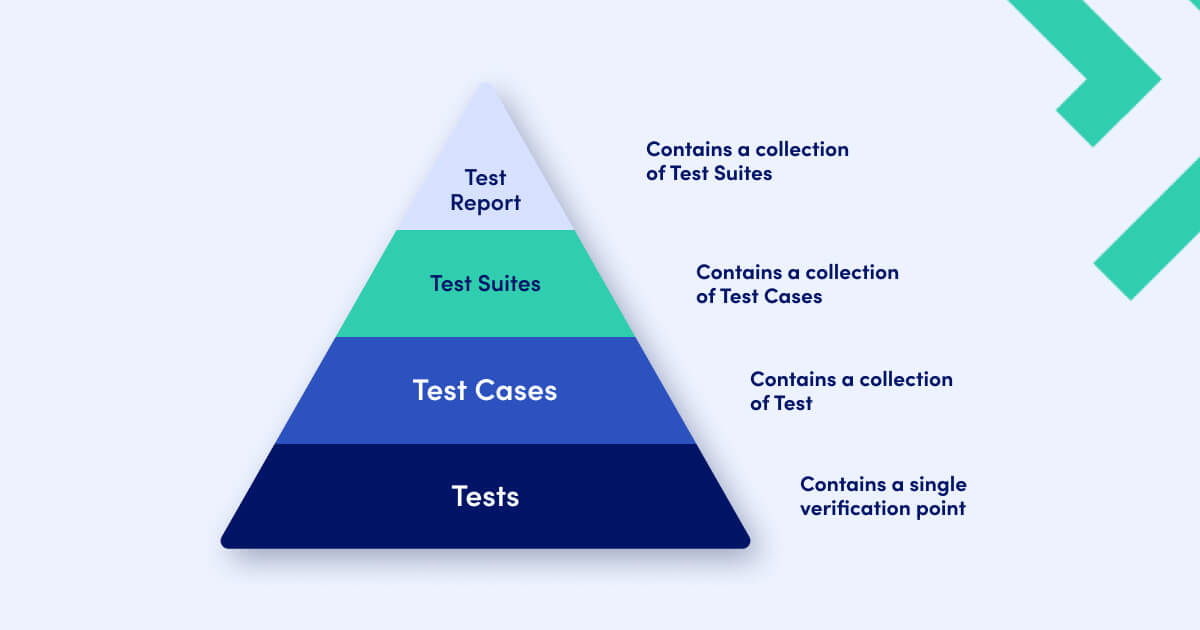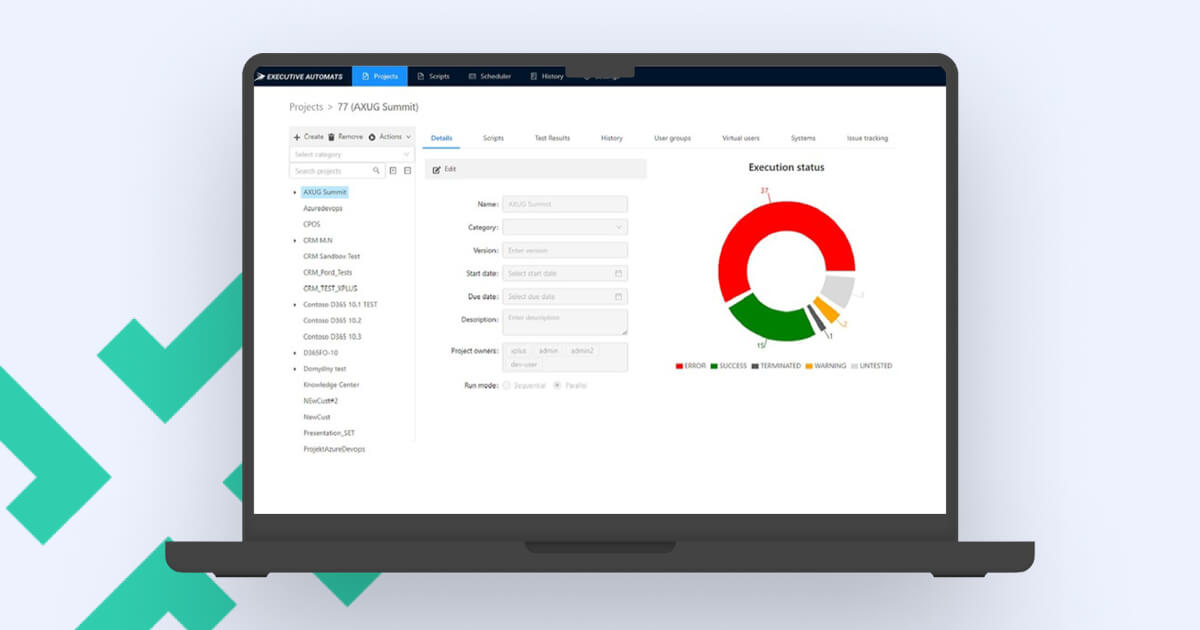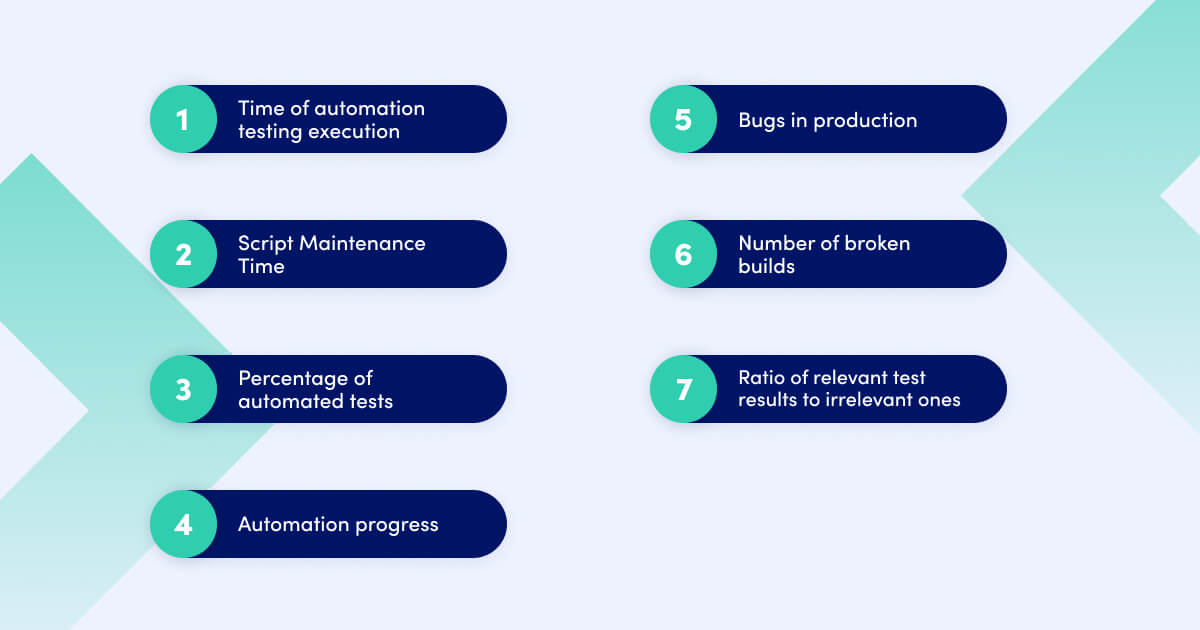
Automation test reporting tools for 2023
There are no properly done tests without the test documentation. Throughout the test automation project, you need to understand the consequences of the given test run. You need to see if and how the test results advance over the time. And you definitely need to see the overall results, bugs found and tests that are either failed or passed. To accomplish all of this, you need a test reporting tool that will deliver all required test reports.
Test reporting tools are critical for the product release. They allow the stakeholders to make informed decisions whether the software, app or a certain feature is ready for release or not.
There is no proper test automation project without the test automation reporting. When you run the automated test suites one by one, test results will be showing you the failures appropriately. With automation reporting tools, you get an automation testing dashboard that will report all the outcomes and logs. However, so far, there is a limited number of available test reporting tools on the market.
A test reporting tool is also a crucial part of the testing process itself. It is because it outlines all the key activities that are conducted during the testing lifecycle for any release. The test reporting tool also shows the overall result of testing. It enables the teams to identify most important testing aspects such as: the testing coverage, the quantity and quality of tests that have been performed, the defects and bugs found along the way and also the overall quality recommendations regarding the test runs.

What is the test report structure
The test report structure dictates what the test report should contain. You can use it as guidelines for your individual testing project. This structure will differ depending on the testing goal and testing requirements (also the testing tool that will be deployed), however there are some common features. Most importantly, the test report should be clear, straightforward and logical. This does not mean that it needs to simply any testing data. On the other hand, if the test report is too detailed and convoluted, you might also miss the most critical information.
What are the main components of the proper test report structure? Let’s take a look:
- Project information: most basic and obvious – in this part, you need to include the information about the product such as its name, the description of the product, info about its version, etc.
- Test information: here, you might want to describe the plan of the testing rounds and the goal of each of them (depending on the project, these might include performance testing, system testing, integration testing, etc.)
- Test summary: this will contain data about the testing activities in general. You can include here the number of test cases that have been executed, the fail vs. pass percentage, any comments, etc. Apart from textual content, the test report in this part should also include visuals, e.g. graphs, tables, diagrams, pivots, etc.
- Defects founds: no doubt, this is the most important section in the test report structure. Here you need to describe:
- The number of bugs found (in total)
- The status of bugs: Open, Responding, Closed
- The number of bugs with status: Open, Resolved, Closed
- Breakdown of bugs by their severity and priority
- Logs, screenshot, screencasts and all other relevant info

For larger companies, this format template might not be enough, though. Each of the test reports needs to contain artifacts such as logs, network traffic, screenshots, recording and everything that helps the reviewer to makes the right decisions.

What are test reporting tools?
For QA testing teams, a suitable test reporting tool is a great helping hand. It saves a lot of time and effort and at the same time increases the testing efficiency. Particularly if you go for a tool that is compatible with other platforms, support the scripting language used and is able to handle the given data volume (more about the criteria for choosing the ideal test reporting tool below).
Open source automation reporting tools:
The open-source test reporting tools are great for a starter, particularly for QA teams that are working on a shoestring budget.
Here are the main functionalities shared by all open source test reporting tools:
- Ability to create test reports in different formats (.html, .pdf, etc.)
- Managing data of one or multiple languages and test automation frameworks
- Distributing reports via email
- Representation of the results of a single test run (textual and graphical)
- Integration in the CI (continuous integration) or CD (continuous delivery)
Still, as the testing project and testing needs grow, teams will need more features to cover all the requirements. Hence, the commercial testing tools might be more handy. Professional automation reporting tools offer comprehensive and actionable insight into the test runs, testing resources and testing environment. Also, they enable seamless migration to the mainstream testing frameworks which is very useful. The paid automation reporting tools due to test orchestration functionality allow the teams to plan the testing runs more effectively, prioritize the most important tests and enhance the test management as a result.

How to choose the right test reporting tool
Where to start? Choosing the right test reporting tool is a good option. But how to find out if a test reporting tool is the right fit? Before you actually invest money in any test reporting products, you should carefully consider the below criteria. The best way to do is to run a testing trial of the tool and check:
- User Interface (UI): does the test reporting tool have user-friendly UI?
- Functionality: will the testing team be able to produce meaningful and insightful test reports during the testing project?
- Usability: is the test reporting tool easy to learn? Does it come with sufficient learning resources to meet your needs? (e.g. training, tutorials, tech support, etc.). How long will the tool adoption take? Can the test reporting tool smoothly integrate with other, multiple test automation solutions?
- Pricing: does the cost of the test reporting tool reflect the functionality it offers? Is the pricing plan transparent and reasonable (here, also consider ROI).

Test automation reporting – what are the challenges?
Test reporting and its automation is also burdened with challenges. They are likely to develop during testing and reporting and they are non-technical. However, similarly to testing itself, test reporting is also considered too time-consuming by the stakeholders and developers, too.
What challenges does automated test reporting bring?
- Strict deadlines: test reporting concludes the software development process. Before, decisions about the quality were made in the timeframe of months. Now, as test reporting happens just before the release, it needs to happen fast (which means within weeks, days or sometimes even hours).
That means that there is a very small window to fix any possible issues so as not to compromise on product quality. If test reporting is done in a timely manner, it might delay the release or impact the product quality negatively. Feedback not available on time simply stalls the release.
- Multiple data flows/ divided data: during the testing process, the teams operates on data coming from numerous sources: other teams, a number of testing types tools, testing frameworks, etc. This is especially the case with larger organizations. They manage a lot of testing data what is coming from different angles (developers, API testers, business testers, etc.) and coming in in different formats. If the data is not sorted and managed correctly, there is a risk of missing any of it during test reporting. Organizations need to have a uniform way of capturing the testing data across the teams and the whole organization for the purpose of test reporting so that it is doable and serves its purpose.
- Noisy (high-volume) testing data: this is connected to numerous data flows, too. As testing generates heaps of data (both by test automation, which means more testing, plus through device proliferation – data in the form of automation scripts, test results on different devices, browsers, versions, etc.) That is the reason what it is challenging to differentiate less important data from that which needs more attention. More data does not necessarily mean that it is good which simply means actionable. What is means, though, is that test reporting has to deal with mountains of (potentially) irrelevant data. The junk (noisy) data might originate from vague test cases, some environmental stability issues and other factors. This data during test reporting might cause false-negative and also false-positive results. The QA team then need to take additional time to validate the obtained test results and get to the root the problem by deciding what is valuable and what is noise. .
